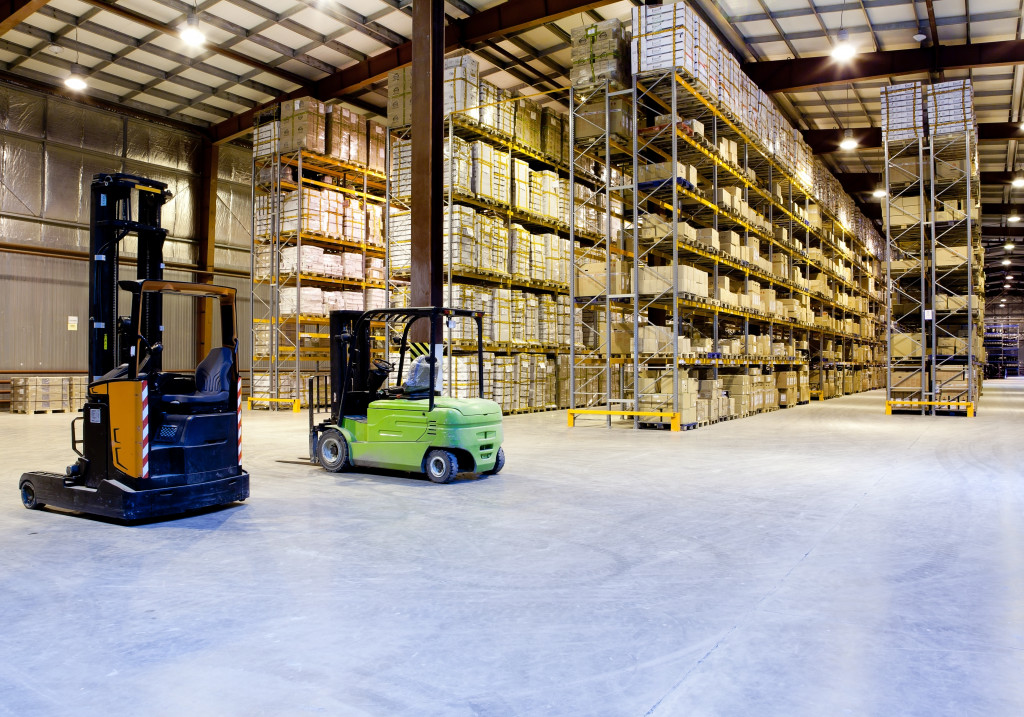As consumer needs change, manufacturers need to step up and optimize their processes to stay competitive. Below are steps to optimize production lines and improve your manufacturing plant’s overall performance.
Invest in supply chain management software
Maintaining high levels of supply chain visibility ensures there are no bottlenecks in your processes. Increased visibility also allows you to pinpoint and re-evaluate areas of inefficiency, reducing the risk of defective products, out-of-stock inventory, or late shipments to end consumers.
In an effective supply chain, partners and employees alike would be able to track the product’s journey, from production to arrival at its destination. This type of transparency can boost lead times and efficiency and help determine the root sources of shortages and quality control issues. It can also notify manufacturers of interruptions in the supply chain, enabling them to solve problems faster.
Nowadays, there are several supply chain software available that are designed to improve visibility, and ultimately, revenue growth. Integrated supply chain software enables seamless sharing of information, providing a big-picture view of the supply chain and allowing manufacturers to make more informed decisions. A supply chain software also provides real-time data on the availability of materials and any delays, allowing manufacturers to come up with swift backup plans.
Upgrade to the latest equipment
The choice of equipment can make or break the overall efficiency of a facility. Any issues even in the smallest components like light bulbs or filters can accumulate over time, reducing productivity and boosting energy costs.
Thanks to technology, tasks that used to take an entire day can now be accomplished in a few short hours. Purchasing newer, faster equipment allows manufacturers to produce more which, in turn, leads to greater profits.
New and innovative equipment is also likely to be more energy-efficient, leading to greater electricity savings and lower carbon footprint. This is especially beneficial for companies given that more consumers prefer businesses that support eco-friendly and sustainable practices.
Improved productivity also offers greater opportunities for expansion. The ability to produce more products than your competitors gives you the chance to expand your customer base and tap into new markets.
Apart from greater speed and productivity, technology has contributed to a safer and more comfortable working environment. Today’s machines come with advanced sensor systems, real-time video monitoring, and automatic shut-down features. All these safety features are designed to reduce potential harm to human operators throughout the production process.
Perform regular equipment maintenance

Unexpected equipment failure can result in costly downtime and delays which in turn, may impact your bottom line significantly.
Regular equipment maintenance is key to preventing expensive repairs and unplanned downtime. Hiring qualified people for maintenance engineering jobs ensures your equipment is in capable hands. Licensed maintenance engineers have the tools and knowledge to identify and resolve both big and small technical failures.
Performing scheduled maintenance can also help reduce unexpected machine failures. Ensure each piece of equipment undergoes a thorough routine check. Create standards that help assess whether further inspections are necessary. For instance, the presence of abnormal wear patterns, unnecessary vibration, or slowdowns in production speed can signify that the machine requires a more in-depth check.
Additionally, ensure all employees know the correct ways to report technical problems. Implement appropriate channels where operators can report suspicious findings and have them checked right away. Providing clear protocols helps prevent mistakes and further downtime.
The earlier you address technical issues, the less you will have to spend on replacement parts. Keeping your equipment in top condition also protects your employees from the risk of accidents and injuries.
Eliminate motion waste
Excessive movements by employees in the warehouse can add up and hinder productivity.
Consider strategically rearranging the factory floor layout to cut out unnecessary movement and allow people to do their jobs without any disruptions. Remove unused tools from the area and place the ones employees need in more accessible areas. Shorten the path of travel by adjusting the placement of the equipment and removing clutter that can cause traffic.
Set up the most frequently used tools within arm’s reach and the less frequently used in higher or lower shelves. This can help reduce the amount of reaching and bending your employees need to perform daily.
Optimizing assembly lines can help reduce expenses and improve your bottom line. No matter what industry you’re in, knowing there’s room for improvement and finding ways to optimize your processes is key to long-term business growth.

